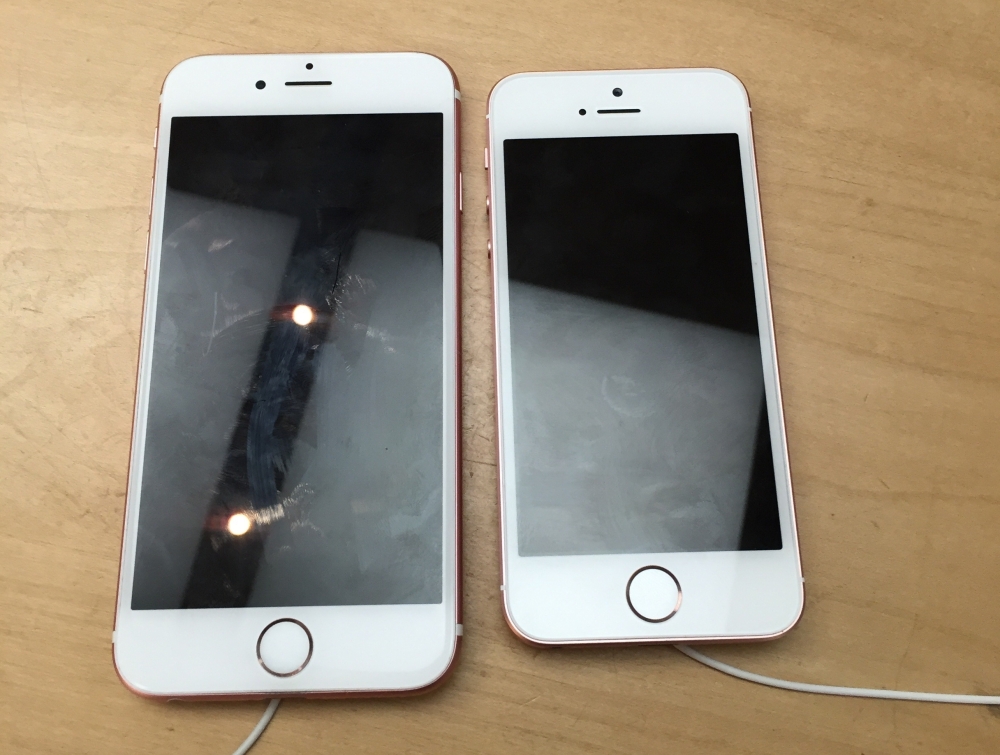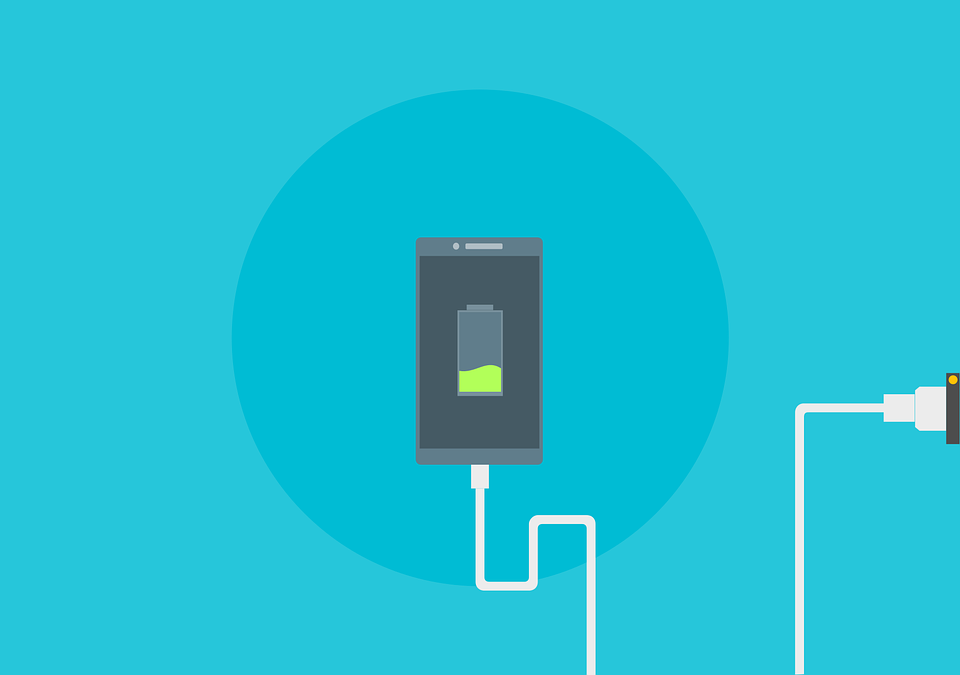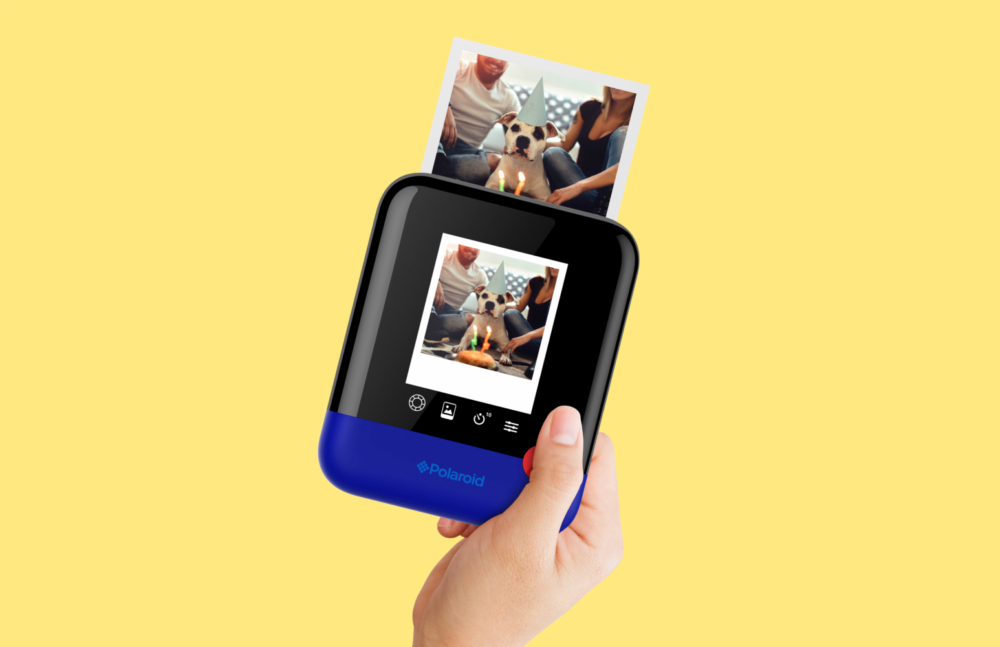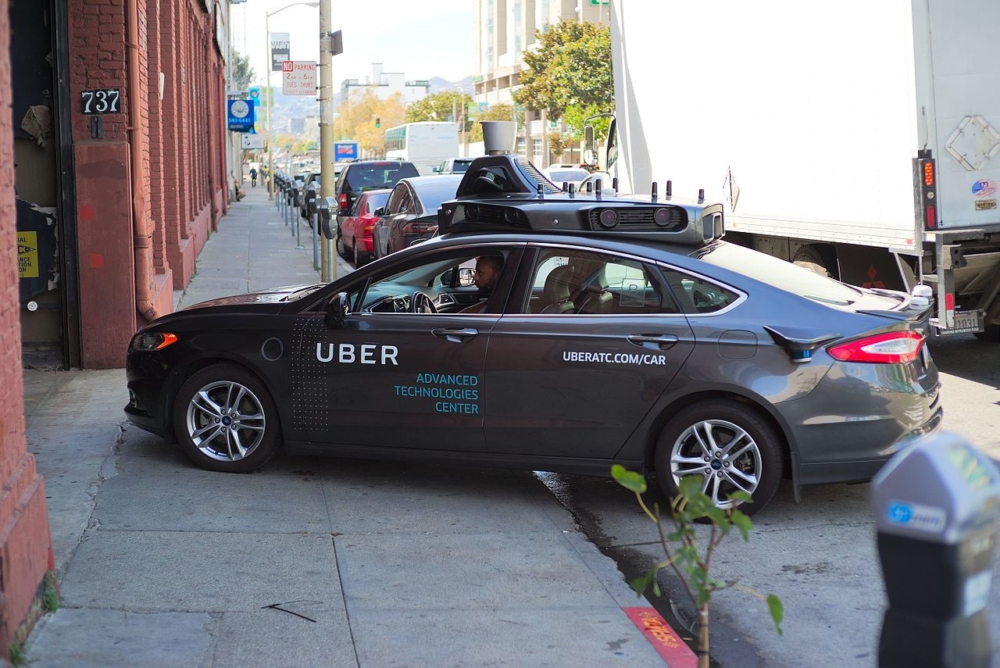[ot-caption title=”A comparison of the iPhone 6s (left) and iPhone SE (right). (via Ana Simon/sophomore)”]
On March 21st, Apple released its latest phone technology. While this phone came at a non-standard time in the release cycle, it does not come as a natural successor to the current flagship phone, the iPhone 6s. With an almost identical design language as the iPhone 5s, the iPhone SE presents consumers with a phone that has the same power as the best smartphones of today with a portability unseen in recent years.
The general theme of this latest event at Apple’s headquarters in Cupertino, California is to revert back to their former compactness. Both the new variant of the iPad Pro and the iPhone came in smaller forms to satisfy the want for an increasingly unwieldy stature of mobile devices. The first iPad Pro came in at an astounding 12.9 inches and the iPhone 6 and 6s brought the iPhone into the running of large devices with 4.6″ and 5.5″ screens in the regular and plus size phones, respectively.
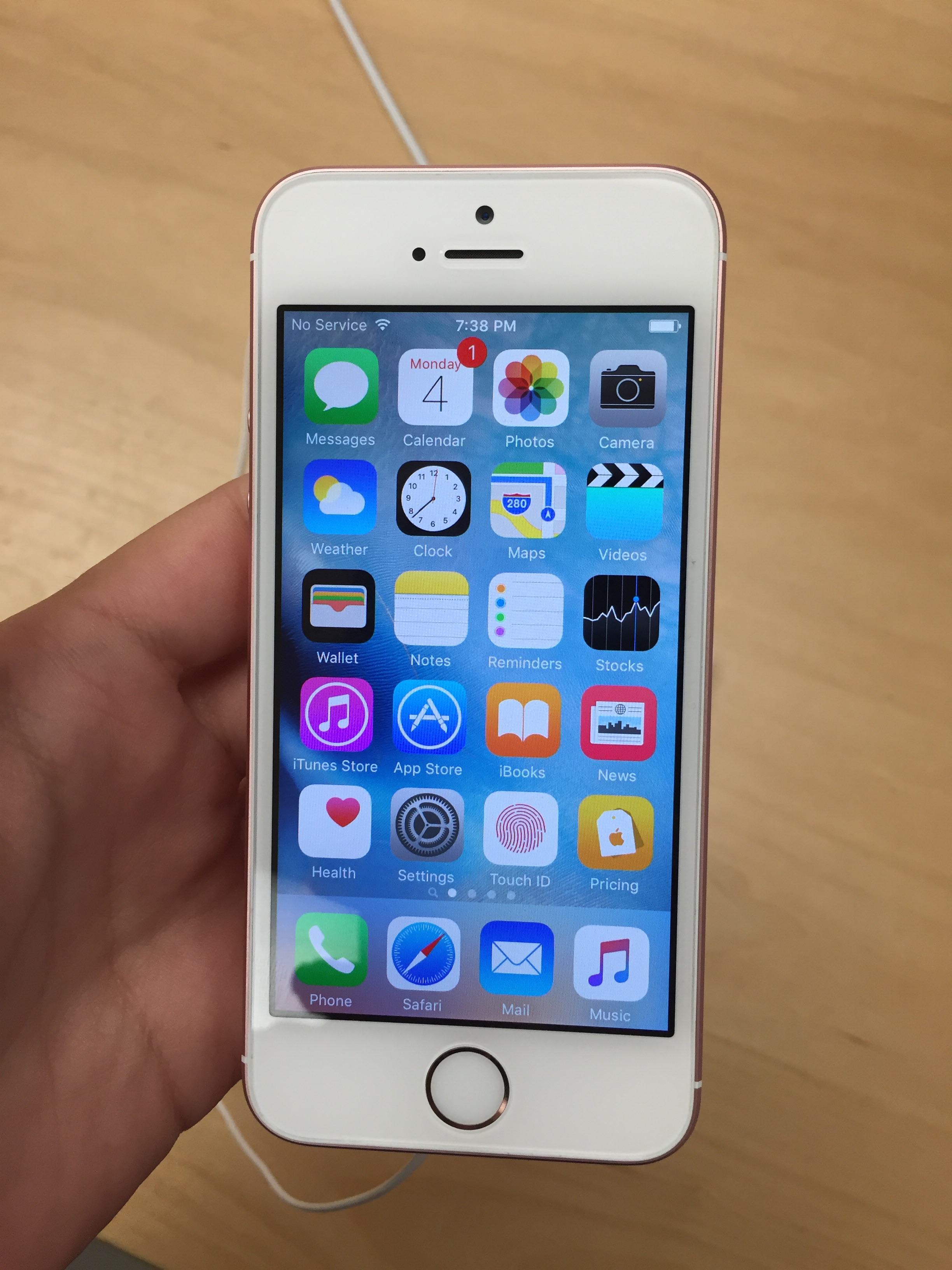
This change in Apple’s philosophy towards compactness and portability required a rebirth of sorts that came in the form of the new 9.7″ iPad Pro and the iPhone SE that only has a 4″ screen. What is most important is the numerous differences between the iPhone 5s and SE. Namely, the internals of the iPhone SE are the equivalent of those in the iPhone 6s. Additionally, its camera is updated to be of the same caliber of the iPhone 6s as well. Effectively, it is an iPhone 6s in an iPhone 5s’ body.
The appeal of this kind of device is evident. Many people love the idea of modern smartphones having more functionality and computational power, but dislike the recent trend of the screen size and overall dimensions of phones ballooning. It would seem that Apple has really taken its consumers’ advice to heart. With a 12 megapixel camera and the A9 chip that delivers double the speed of the iPhone 5s, the iPhone SE is a compelling offer to those who are uninterested in the idea of having a massive smartphones. The iPhone SE has a $399 unlocked starting price tag (compared to the $649 unlocked cost of the iPhone 6s).
Only time will tell if Apple’s new direction will be successful or not. The phone market is beginning to split between the super screen lovers and the portability fans. The question remains: will this small phone fad die out as smartphone screens approach the whopping 6″?

































![Stranger Things 4: What to Expect [Warning: Contains Spoilers]](https://pcpawprint.com/wp-content/uploads/2021/11/StrangerThings4-900x473.jpeg)

























































